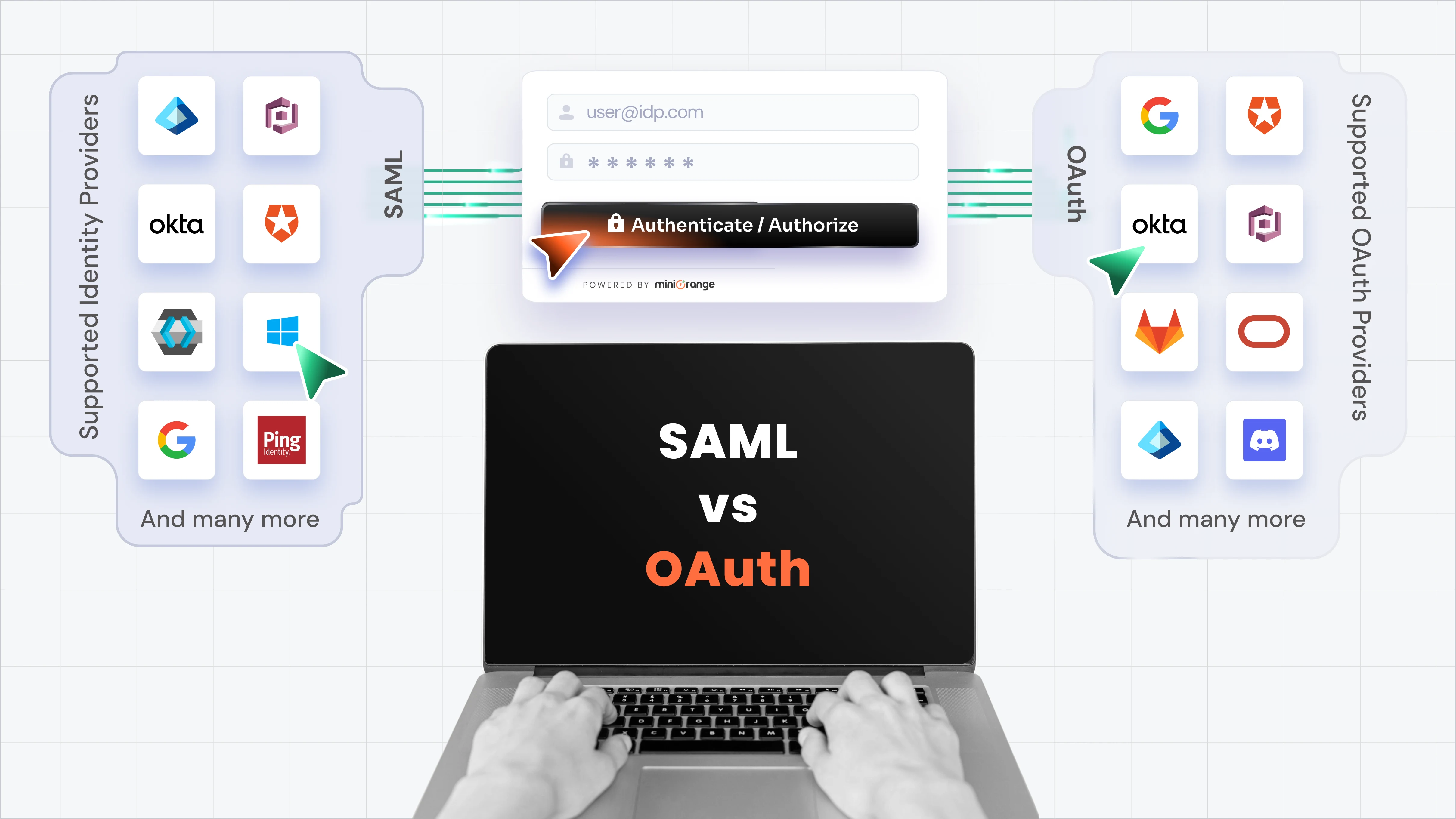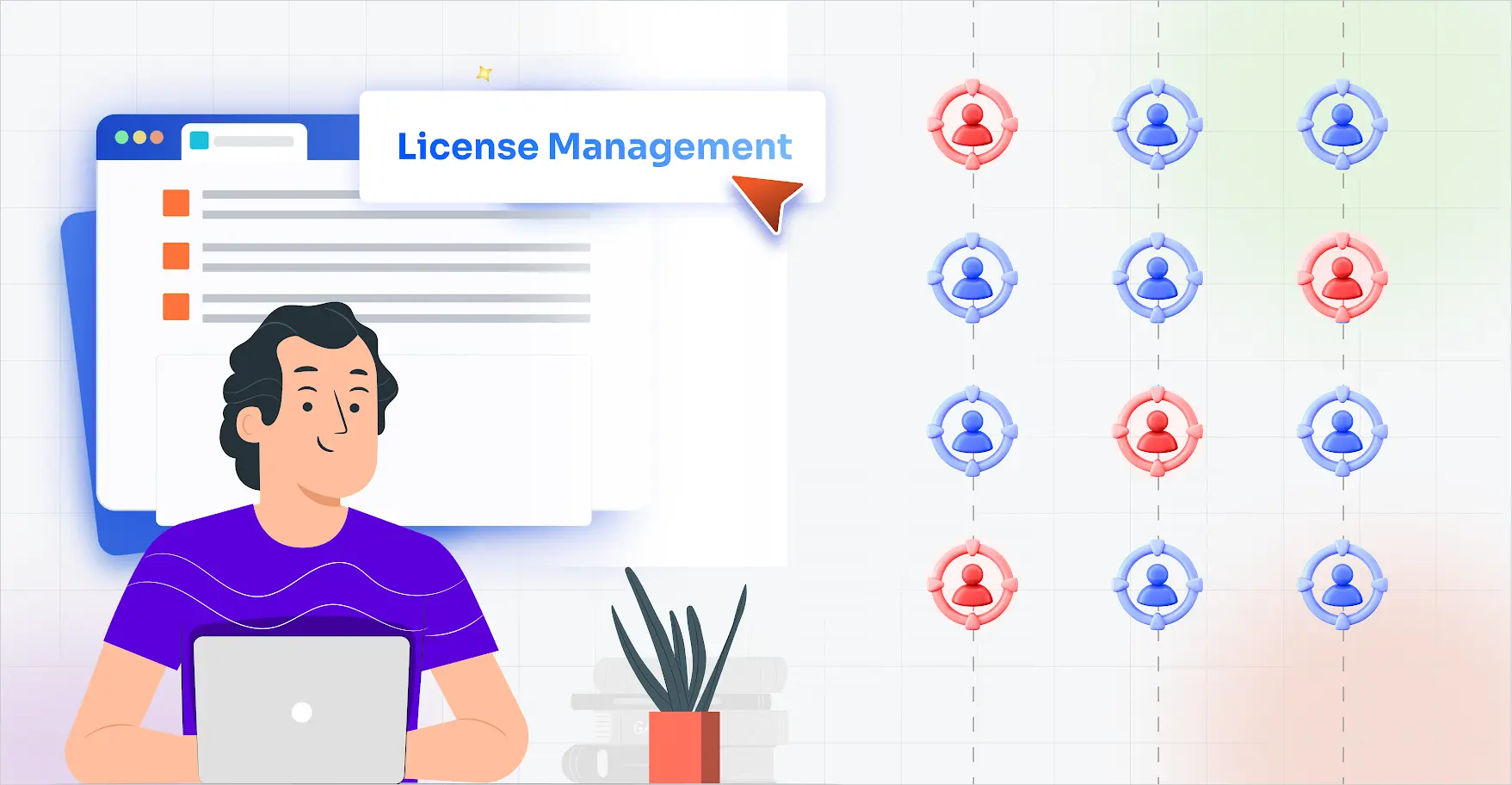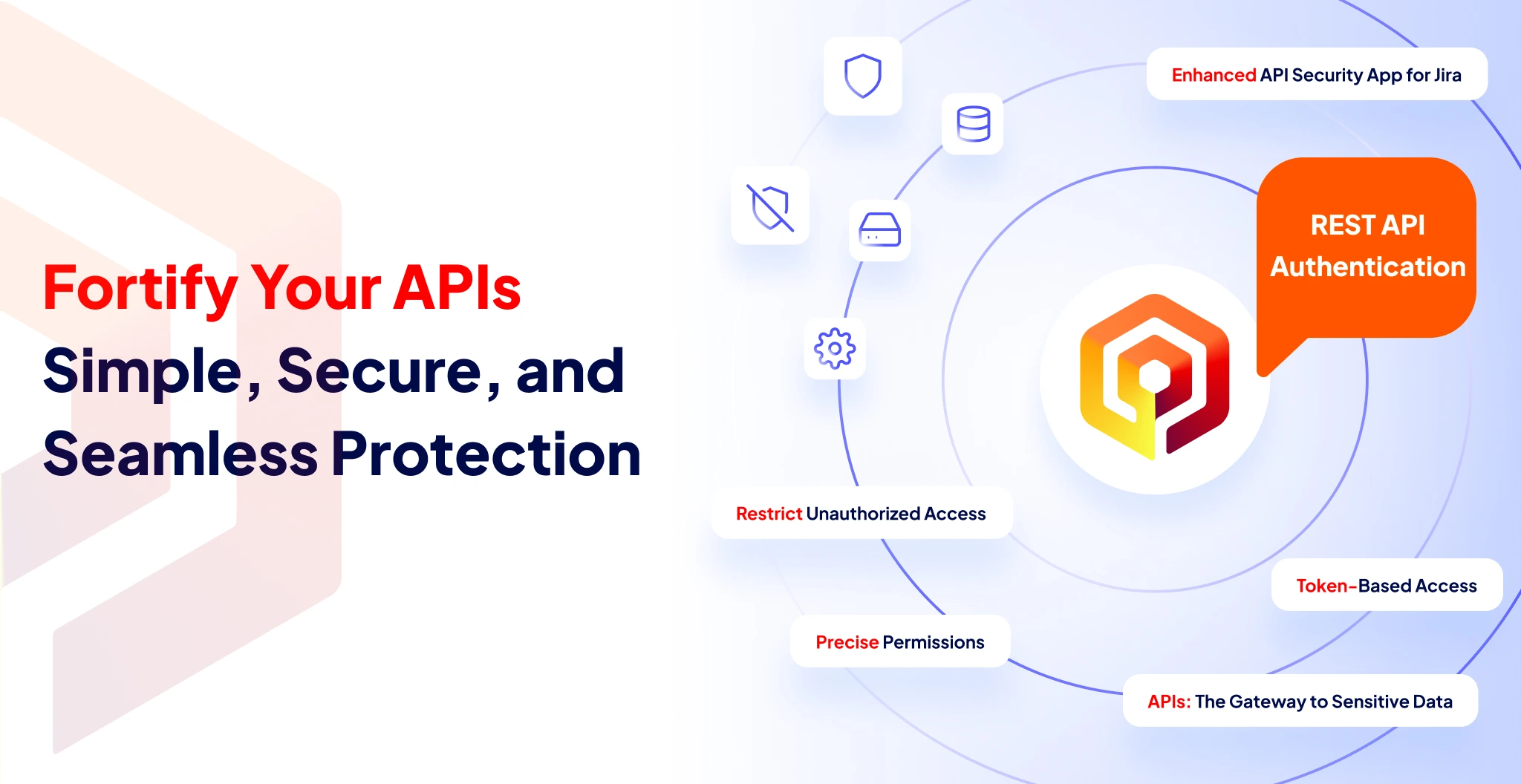When setting up Single Sign-On (SSO) for Atlassian applications like Jira, Confluence, and Bitbucket, choosing the right authentication protocol is a critical decision. Many organizations rely on SAML (Security Assertion Markup Language), while others adopt OAuth/OpenID Connect (OIDC) to support modern, API-driven environments.
Each protocol has its strengths and trade-offs. SAML has been a trusted enterprise standard for years, while OAuth/OIDC offers flexibility for cloud applications and microservices. This guide breaks down the differences between them, key use cases, and why OAuth/OIDC is often the better choice for modern authentication. We'll also look at how miniOrange’s OAuth/OIDC solution makes authentication in Atlassian environments more secure and scalable.
The Critical Role of SSO in Atlassian Environments
Single Sign-On (SSO) is a protocol that has evolved from a convenience to a necessity for enterprises leveraging Atlassian products. A well-implemented SSO solution offers:
-Operational Efficiency : by eliminating redundant logins, improving user experience, and productivity.
-Enhanced Security – by centralizing authentication to reduce password-related risks and strengthen compliance.
-Scalable Access Control – by enforcing role-based permissions and maintaining audit trails across hybrid environments.
However, the effectiveness of SSO depends on choosing the right protocol. Let's examine SAML and OAuth/OIDC to help you make an informed decision.
Protocol Comparison: SAML vs. OAuth/OpenID Connect
SAML: The Traditional Enterprise Standard
SAML (Security Assertion Markup Language) is an XML-based authentication protocol that facilitates federated identity management. It enables Identity Providers (IDPs) to verify a user's identity and grant access to multiple Service Providers (SPs) without requiring repeated logins.
Strengths of SAML
-Mature & Widely Adopted : As a long-standing enterprise SSO standard, SAML is widely adopted and works well with legacy IT environments.
-Interoperability : Given its prominence, SAML works well in traditional IT environments, including on-premises applications.
Limitations of SAML
Complexity : With SAML, XML-based configurations and metadata management can be cumbersome.
Limited API Support : SAML does not natively support REST APIs, making it less suitable for modern, API-driven architectures.
Authentication-Focused : SAML primarily handles authentication but lacks fine-grained authorization controls needed for dynamic access management.
Best Use Cases for SAML Single Sign-On
-Organizations relying on legacy systems or on-premises Atlassian deployments.
-Ideal for simple authentication scenarios that don’t require complex API integrations.
OAuth & OpenID Connect (OIDC): The Modern Authentication Standard
While SAML has long been the standard for enterprise authentication, it was designed for web-based, single sign-on scenarios and does not integrate well with modern, API-driven applications. OAuth 2.0 and OpenID Connect (OIDC) address these limitations, offering a scalable approach to authentication.
OAuth 2.0 is an open standard for authorization, enabling secure, token-based access to applications and APIs. OIDC extends OAuth 2.0 to provide authentication, allowing applications to verify user identity through an Identity Provider (IdP)—eliminating the need for passwords while supporting more dynamic access control.
Unlike SAML, which relies on XML-based assertions and is primarily designed for browser-based authentication, OIDC’s token-based approach works seamlessly across web, mobile, and cloud environments. This makes it ideal for organizations that need scalable, API-friendly authentication that integrates easily with modern architectures.
Strengths of OAuth/OIDC :
-API-Centric Design : OAuth uses JSON Web Tokens (JWTs) for secure authentication and fine-grained authorization, critical for DevOps workflows..
-Granular Access Control : It supports scoped permissions, allowing different access levels based on user roles.
-Future-Proof Architecture : The protocol is designed for cloud-native and mobile-first environments, offering greater flexibility.
-Supports Adaptive Security & MFA Enforcement : Unlike SAML, which applies MFA at login, OAuth/OIDC allows identity providers to enforce MFA dynamically based on real-time risk signals. This enables step-up authentication, session re-evaluation, and granular access control without requiring a complete reauthentication.
Why OAuth/OIDC Outperforms SAML in Modern Environments :
-Simplified Integrations : It works seamlessly with CI/CD pipelines, microservices, and REST APIs.
-Scalability & Cloud Readiness : It bridges on-premises Atlassian Data Center with cloud applications.
-Strong Security : OAuth/OIDC eliminates password exposure risks by using secure token-based authentication.
Best Use Cases for OAuth/OIDC
-Organizations looking to secure cloud applications and hybrid environments.
-API-driven workflows where seamless integration with REST APIs is essential.
-Modern access control requirements, such as fine-grained permissions and conditional access policies.
miniOrange’s OAuth/OIDC Solution: Enterprise-Grade SSO for Atlassian
For organizations looking to modernize authentication without compromising security, miniOrange offers a robust OAuth/OIDC SSO solution tailored for Atlassian Data Center and Cloud.
Key Capabilities of miniOrange OAuth/OIDC SSO
Unified Security Framework :
-Secure API Gateways : Protects DevOps pipelines using OIDC tokens, eliminating credential exposure risks.
Developer-Centric Features :
-Comprehensive Auditing : Real-time logs, monitoring, and debugging tools for compliance and security audits.
-Seamless CI/CD Integrations : Easily integrates with Bitbucket, Jira, and Confluence to support DevOps workflows.
Enterprise Scalability
-Multi-IdP Federation : Supports Okta, Azure AD, Google Workspace, and custom OIDC providers.
-Configuration Portability : Enables rapid deployment across multiple Atlassian instances.
Implementation Best Practices
Assess Your Requirements
-Identify key factors : API access, legacy system compatibility, and compliance mandates (GDPR, HIPAA, etc.).
Leverage a Trusted SSO Solution
-Adopt miniOrange’s OAuth/OIDC plugin for seamless integration with Atlassian applications. -Ensure secure authentication by enforcing best practices like MFA and access controls.
Conclusion: Simplify User & License Management in Atlassian Crowd
Choosing the right authentication protocol is crucial for ensuring secure, seamless access to Atlassian applications. While SAML remains relevant for legacy environments, OAuth/OIDC is the superior choice for modern, API-driven, and cloud-native architectures.
With miniOrange’s OAuth/OIDC SSO app for DC and Cloud, organizations can achieve enterprise-grade security, seamless integrations, and future-proof authentication for their Atlassian ecosystem.
Author





Leave a Comment